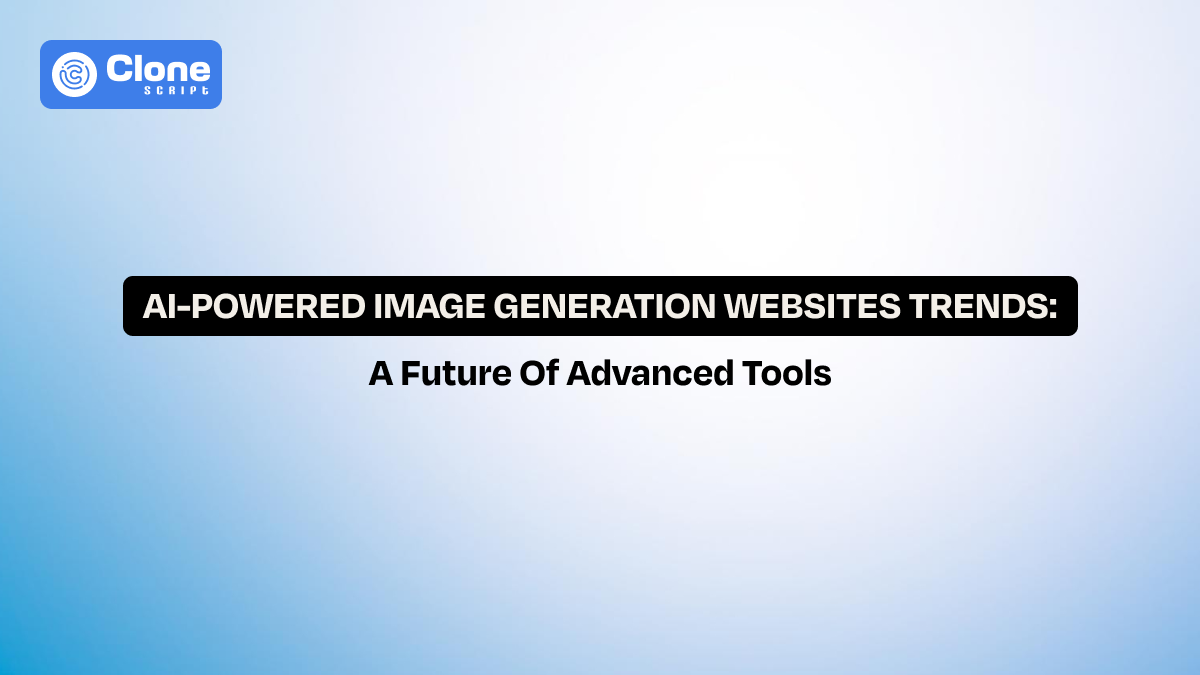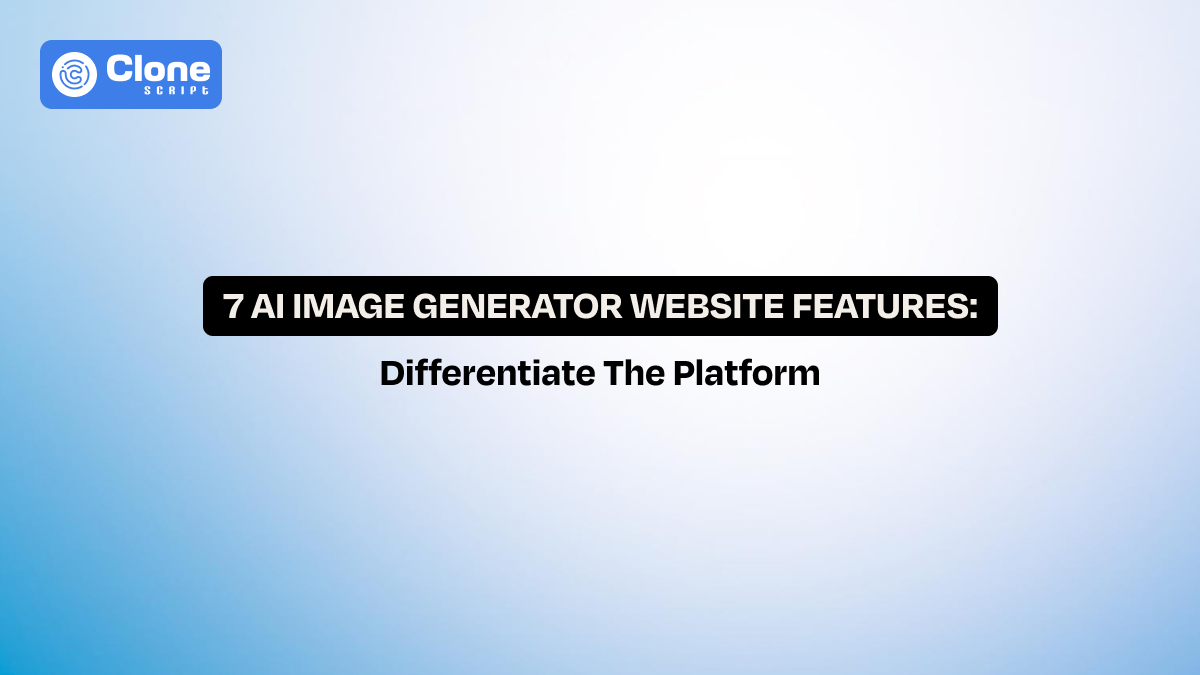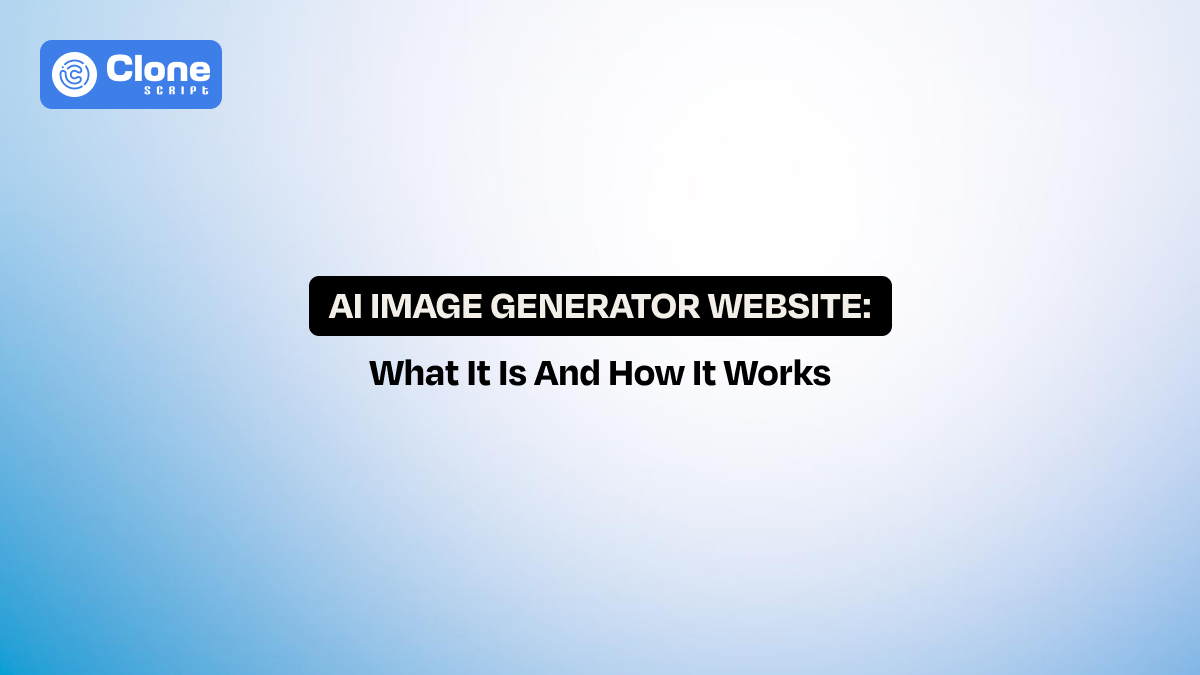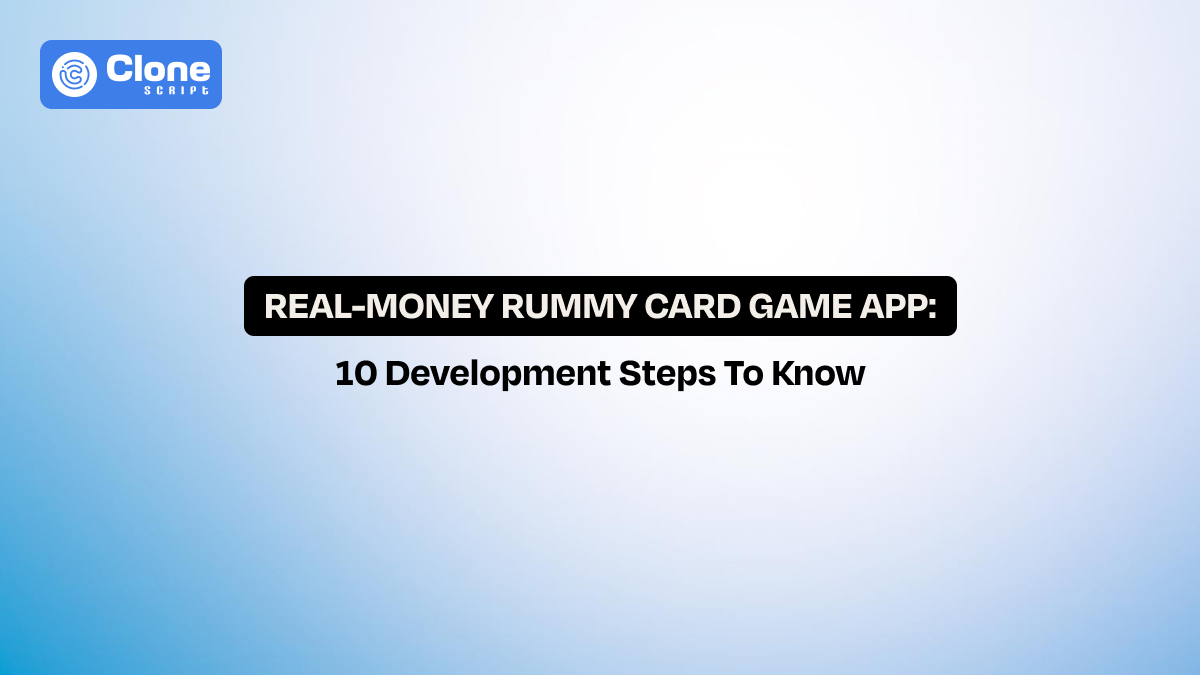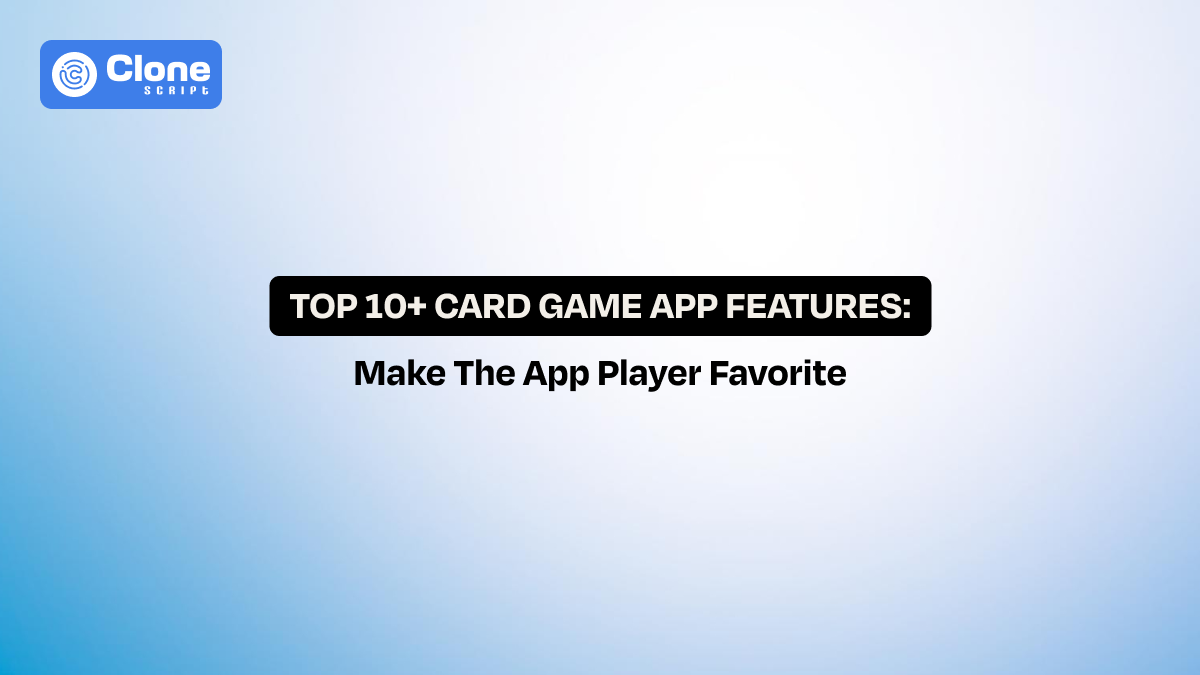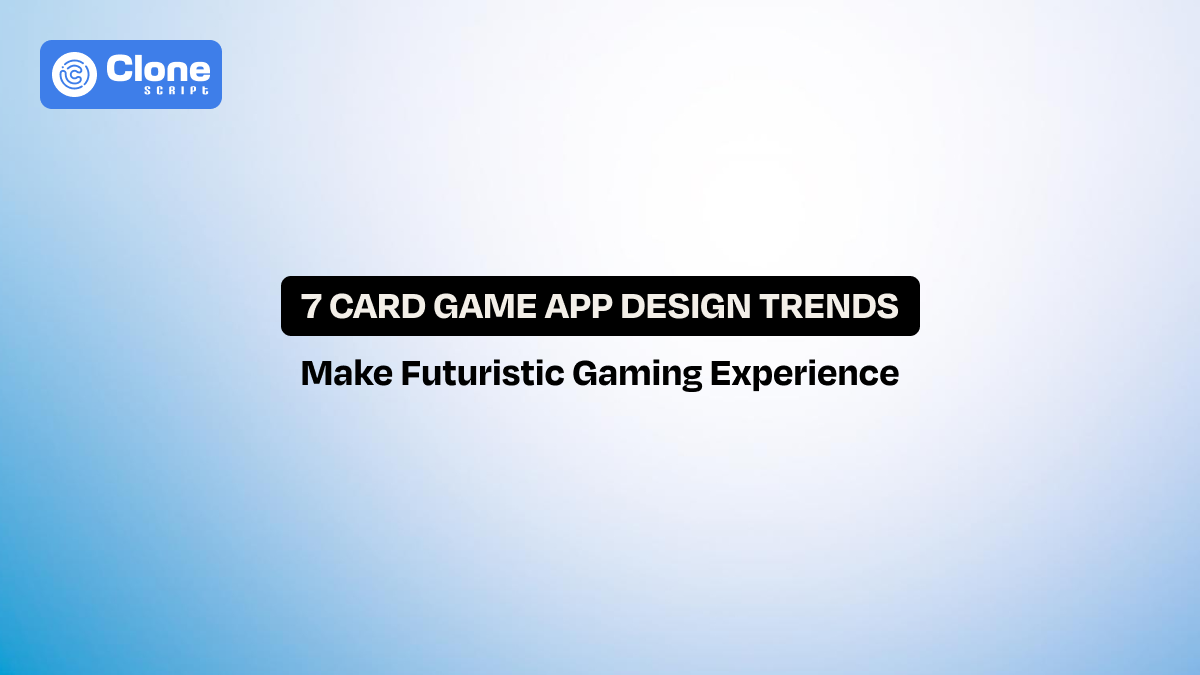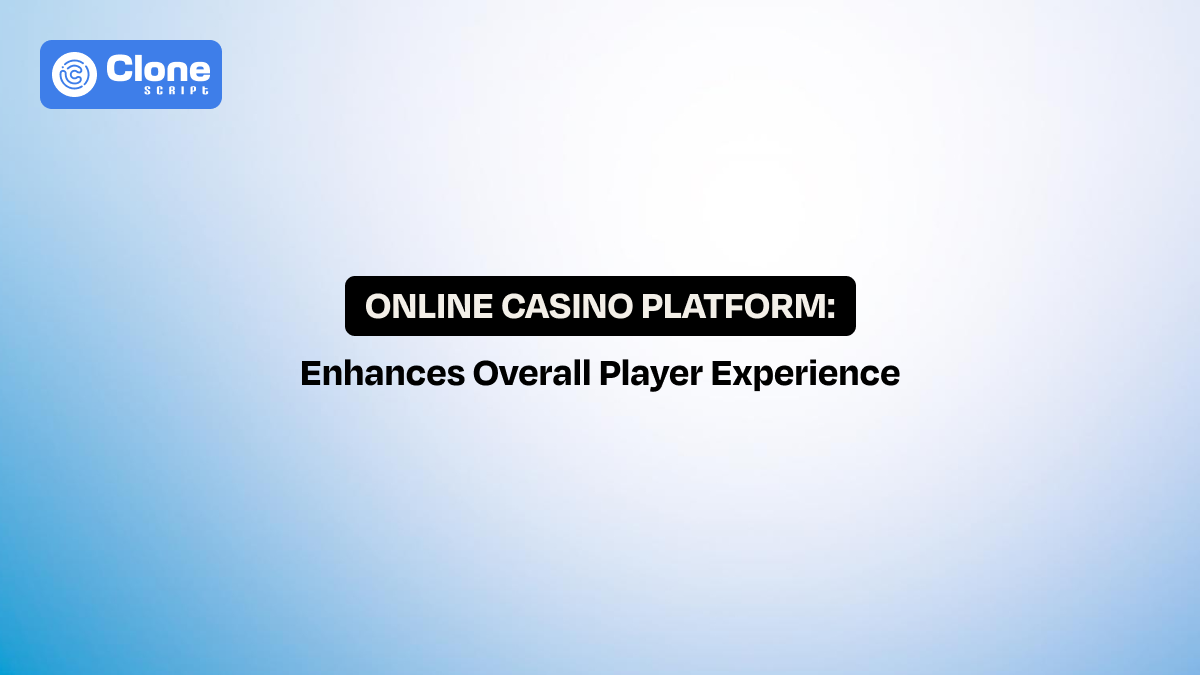The Future of AI-Powered Image Generation Websites: Trends You Can’t Ignore
The Evolution of AI in Digital Art
Artificial Intelligence (AI) has moved from being a theoretical concept to a powerful creative partner in just a few years. Early digital art tools focused on filters, photo enhancement, or template-based design, but AI image generation changed the game entirely.
With the rise of generative art platforms, AI can now understand prompts, styles, moods, and even artistic intent. From a simple text input, it can produce lifelike portraits, surreal landscapes, and hyperrealistic concept art—all in seconds. This transition represents not just a technological leap but a creative revolution.
As developers, we are witnessing a new paradigm: prompt-to-image tools that combine natural language processing (NLP), computer vision, and deep learning to translate text into detailed visuals. The sophistication of diffusion models like Stable Diffusion, DALL·E, and Midjourney shows that AI can now understand nuance, composition, and context better than ever before.
AI is assisting creativity and it’s actively shaping how digital content is imagined, designed, and shared. That shift is transforming not just artists’ workflows but also the web development ecosystem that supports them.
What Are AI-Powered Image Generation Websites?
An AI image generation website is an online platform that allows users to create original images through artificial intelligence algorithms, usually using text prompts. Users type a description—such as “a futuristic city at sunset in cyberpunk style” and within seconds, the site’s model generates a corresponding image.
At its core, the process involves three layers:
-
Input Layer: The user provides a prompt, optionally adjusting style, aspect ratio, or resolution.
-
AI Model Processing: The system converts text into tokens and passes them through a trained generative model (e.g., diffusion, transformer-based).
-
Output Rendering: The model outputs an image that matches the description, refined by post-processing pipelines for quality, detail, and consistency.
Modern AI art websites go beyond static generation—they offer editing, upscaling, background removal, and integration with design software. For developers, the challenge is to optimize these tools for scalability, low latency, and intuitive user interface design for image generation tools.
Additionally, well-designed platforms prioritize an optimized workflow—where prompt entry, customization, and rendering feel seamless. The best ones also incorporate AI image website safety and copyright features, ensuring users can create without legal or ethical complications.
How AI Image Generation is Transforming Creative Industries?
AI image generation is reshaping every corner of the creative world. Designers, marketers, filmmakers, and developers now have access to tools that can produce visuals faster than any traditional design process.
1. Design Automation
Graphic designers no longer spend hours creating mockups from scratch. Instead, AI image generators provide base visuals that can be edited or stylized further. This enables faster prototyping and experimentation.
2. Marketing and Branding
Brands use generative art platforms to produce marketing campaign visuals that match specific moods or color palettes. AI offers consistency and speed, helping teams meet tight deadlines with minimal effort.
3. Gaming and 3D Design
AI is being used to generate environments, character concepts, and textures, reducing the time to months of manual work. The next generation of prompt-to-image tools will even allow text-to-3D generation for game and AR assets.
4. Content Creation
Influencers, bloggers, and web developers are adopting AI art websites to generate blog banners, thumbnails, and background imagery. It removes the dependency on stock photos.
The outcome is clear: AI democratizes creativity. It reduces technical barriers, speeds up production, and fuels innovation across industries that depend on visual communication.
Key Trends Shaping the Future of AI Image Generation Websites
AI image generation is shifting rapidly, and new trends are defining how developers design and build these platforms. Below are the most transformative directions shaping the industry.
1. Real-Time Image Customization
Static generation is giving way to real-time AI rendering. Instead of waiting 10–20 seconds per image, users can now tweak parameters from style, color, and lighting to watch the results update instantly.
-
Developers are using GPU-accelerated cloud infrastructure (like NVIDIA A100 or AWS EC2 G5 instances) to handle this workload. Optimizing with tools such as TensorRT or ONNX Runtime can further reduce inference time by 40–50%.
This feature not only enhances user experience but also encourages engagement. For designers and businesses, real-time customization means faster iteration, higher creativity, and increased platform retention.
In short, a fast-rendering AI image generation website is the right option to win trust.
2. Text-to-3D and Video Generation
The next evolution beyond images is multimodal AI generation to help in creating 3D objects, animations, and even short videos from text prompts.
-
Emerging technologies like RunwayML Gen-3, Google’s Imagen Video, and Pika Labs are paving the way for text-to-video pipelines that merge image diffusion with motion consistency.
-
Similarly, text-to-3D generation helps developers to create game assets or VR elements from simple descriptions.
For web developers, integrating these capabilities means rethinking infrastructure and storage. 3D models and video outputs require stronger rendering backends and optimized delivery networks.
Still, this trend will define the next generation of AI image generator websites—expanding their capabilities into full-spectrum generative design platforms.
3. Ethical and Copyright-Aware Generation
One of the biggest debates in generative art is ethics and copyright. Users want assurance that their AI-generated images are safe to use commercially.
-
Future-ready platforms are now embedding copyright detection systems and responsible dataset training policies. They use transparent AI models trained on licensed or public-domain datasets.
Developers are also implementing watermarking, metadata tagging, and usage tracking to maintain accountability. These AI image generation website features are critical for trust and long-term adoption.
Moreover, ethical AI image generator platforms respect consent-based datasets. It means artists’ works aren’t used without permission. This commitment not only aligns with legal standards but also enhances brand credibility.
4. Personalized AI Models
Generic models can generate diverse styles, but personalization drives deeper engagement. The future lies in custom AI models that adapt to a user’s creative preferences.
Users might fine-tune models to reflect specific color palettes, photography styles, or brand identities.
-
Platforms offering personalized AI models give businesses and designers a major competitive advantage.
From a development standpoint, this requires modular architecture—where fine-tuning data can be stored securely and used to generate unique weights without retraining the entire model.
Think of it as AI-as-a-personal-designer—one that learns from user interaction and understands with every prompt.
5. Integration with Web Builders and Design Platforms
As demand for AI-generated visuals grows, web developers are embedding AI features directly into web-building tools.
Imagine a Figma plugin or WordPress integration that allows users to generate header images, icons, or mockups right within the platform.
Modern AI image generator websites are offering API-based integrations that allow secure connections with the following:
-
CMS platforms (WordPress, Webflow)
-
Design tools (Figma, Canva, Sketch)
-
Marketing suites (HubSpot, Notion, or Miro)
This API-first approach turns AI from a standalone experience into an embedded creative utility—a vital component of future design workflows.
Benefits of AI Image Generator Websites for Businesses and Designers
Whether you’re a developer building the next big image generation website or a designer using it daily, the benefits are immense.
1. Cost-Effective Creativity
Hiring artists or licensing stock photos can be expensive. AI art websites offer an affordable, subscription-based model that enables unlimited creation without recurring per-image costs.
2. Speed and Efficiency
With fast-rendering AI image generation websites, designers can create visuals in seconds. They can reduce production time by up to 90%.
3. Customization and Control
Prompt customization in AI image generation allows users to control lighting, emotion, and aesthetics. Developers can offer sliders and parameter inputs for real-time tuning.
4. Consistency in Branding
Personalized models validate that the visuals follow the brand tone, palette, and message. This is particularly valuable for marketing teams maintaining multi-platform consistency.
5. Innovation in User Interface Design
For developers, the challenge lies in building intuitive, responsive interfaces that handle complex rendering workflows. A well-thought-out user interface design for image generation tools ensures users don’t feel overwhelmed by technical complexity.
6. Ethical and Secure Usage
Modern AI image website safety and copyright features, such as digital watermarking and licensing options, give users confidence to use outputs commercially.
7. Scalable Revenue Models
Businesses running such platforms benefit from subscription models for AI image generator websites. Tiered pricing, credit systems, or pay-per-render approaches keep sustainable monetization while giving flexibility to users.
What’s Next for AI Image Generation Websites?
The future of AI image generation websites is both exciting and expensive. The next few years will see deeper integration of AI in all stages of digital content creation—from conception to production to delivery.
Here’s where the industry is headed:
1. Cross-Modal AI
Models that combine text, image, video, and sound will redefine digital storytelling. Imagine entering a single prompt and getting a full multimedia campaign in minutes.
2. Decentralized AI Models
As data privacy grows more important, edge computing and federated learning will allow users to generate images without uploading sensitive data to central servers.
3. Community-Driven Model Training
Future generative art platforms will let communities contribute style data, helping AI learn diverse aesthetics while maintaining transparency.
4. Environmental Efficiency
AI training is energy-intensive, but developers are adopting green AI models using energy-efficient architectures and low-carbon data centers.
5. Seamless Collaboration
Collaborative dashboards will allow multiple designers to co-create, rate, and modify AI outputs in real time. It turns AI image generator websites into shared creative ecosystems.
For developers, these trends mean new challenges:
-
Building scalable backends that can handle complex workloads.
-
Implementing intuitive, adaptive UIs.
-
Ensuring transparency, ethics, and accessibility.
But for those who get it right, the rewards are unexpected. AI-driven creation is a guide to becoming the default mode of digital content production across industries.
Conclusion
The future of AI-powered image generation websites is defined by speed, ethics, personalization, and integration. Developers who understand these shifts will lead the next wave of creative tools and platforms that empower designers, brands, and creators to imagine without limits.
By focusing on standout features like real-time rendering, ethical generation, and customizable prompts, that not only impresses users but redefines visual creation itself.
The integrity of AI, creativity, and web technology is setting a new standard for digital innovation. Whether you’re building the next generative art platform or designing AI integrations for web tools, one thing is clear:
The age of intelligent creativity has just begun—and it’s transforming the web one image at a time.
FAQs
-
What subscription models suit AI image generator websites?
AI image generator websites typically use freemium, credit-based, or tiered subscription models to provide flexible usage limits, encourage retention, and sustain operational costs for continuous AI model updates.
-
What technologies power modern AI image generator websites?
Technologies include diffusion models, transformer networks, GPU acceleration, TensorRT optimization, and REST APIs that process text prompts into high-quality images with speed, accuracy, and artistic diversity.
-
How secure are AI art websites for user data?
Leading AI art websites ensure user security through encrypted data transfer, anonymized storage, and ethical model training policies. They are protecting personal information and creative content during processing.
-
What are generative art platforms used for?
Generative art platforms allow users to produce original digital art through AI-driven creativity, serving designers, marketers, and developers seeking rapid visual creation without traditional design tools.
-
How do AI image generators maintain quality and accuracy?
They use diffusion-based models, style transfer algorithms, and post-processing filters. It maintains high-quality rendering, accurate color mapping, and detail preservation in generated images across all resolutions.
 BTC - Bitcoin
BTC - Bitcoin
 USDTERC20 - USDT ERC20
USDTERC20 - USDT ERC20
 ETH - Ethereum
ETH - Ethereum
 BNB - Binance
BNB - Binance
 BCH - Bitcoin Cash
BCH - Bitcoin Cash
 DOGE - Dogecoin
DOGE - Dogecoin
 TRX - TRON
TRX - TRON
 USDTTRC20 - USD TRC20
USDTTRC20 - USD TRC20
 LTC - LiteCoin
LTC - LiteCoin

